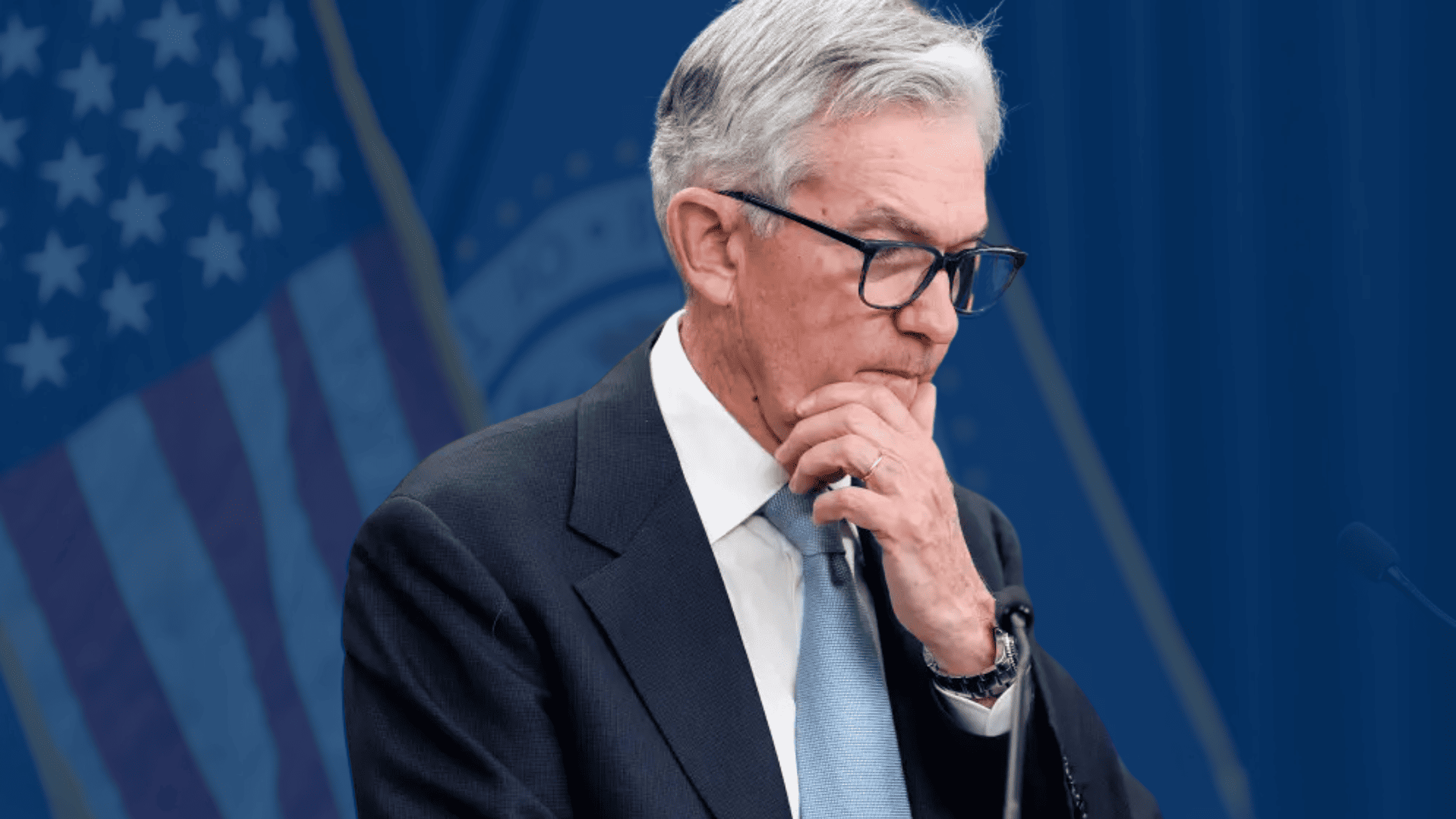On Wednesday, the Federal Reserve announced a big policy shift.
They declared “mission accomplished” on bringing inflation to heel without an accompanying recession.
Moving forward, they signaled that financial conditions will be easier.
This moment likely precedes one of three outcomes:
1) Revived economic growth. In this scenario, the Federal Reserve achieves a soft landing. Inflation remains low without provoking high unemployment. Equities do well as economic growth rises from cyclical lows. We follow a series of leading indicators. These signal buying opportunities based on market internals. Once these indicators trigger, we’ll begin increasing equity allocations.
2) Revived inflation. The Federal Reserve’s easing of financial conditions keeps the inflationary impulse alive. Prices begin to rise again, and 2024 will experience the market dynamics of 2022. In this environment, stocks and long-duration bonds struggle with increasing inflation. Cash does well.
3) Recession. In this case, unemployment will tick up into Q1 2024, throwing the US into recession. Stocks underperform, long-duration bonds outperform, and cash does well.
Since January of 2022, a cash allocation has outperformed the S&P 500 handily. The Fed’s decision means that might not be the case moving forward.
While we remain ready for this outcome, scenarios 2 and 3 still carry high probabilities.
By easing financial conditions so soon, the Federal Reserve makes itself vulnerable. Oil prices (which the Fed has no control over) had a large effect in decreasing the rate of inflation. If oil turns the other way, we could rewind to 2022, with high inflation battering stocks and bonds.
Conversely, the Fed’s decision has decreased near-term recession probabilities. But they remain high. Monetary policy operates on long and variable lags. What the Federal Reserve did last year carries significant weight for today’s economy. The unemployment rate may tick up from here into January. In this scenario, we experience a classic recession.
The possibility of revived inflation reorients our perspective on bonds. We hesitate to add long-duration bond exposure (20- or 30-year Treasury bonds) in this environment. This position would perform well during recessions.
In any case, higher interest rates have changed retirement investors’ opportunity sets. Bonds look much more attractive on a risk-adjusted basis than they did pre-2021. A risk-free rate above 4% is a game changer.
If you want to discuss these scenarios in greater detail with me or Monte, please email me at [email protected].


